A bipartisan coalition of Clark County legislators has introduced a plan to take a fresh look at constructing a new Interstate 5 bridge across the Columbia River.
Their legislation would formally launch a joint effort by state legislators in Washington and Oregon to reduce traffic congestion, improve highway safety and increase freight mobility in the corridor from north of Vancouver through metropolitan Portland, Ore.
“This legislation is the culmination of more than a year of hard work by members of our delegation willing to engage in the tough discussions it takes to build consensus,” said Sen. Annette Cleveland, D-Vancouver. “Identifying the replacement of the I-5 bridge as a project of statewide significance sends the key message that area legislators are aligned in our support, mirroring the support of the City of Vancouver and other key local entities, and signals to Oregon officials our commitment to move forward constructively and productively.”
Multiple senators and representatives from Clark County collaborated in drafting and sponsoring the measures, designated as Senate Bill 5806 and House Bill 2095.
If either bill is enacted, the governors of Washington and Oregon would appoint a joint legislative committee to work on a project-development plan for a replacement I-5 bridge. The work would include other crossings or investments to meet regional transportation needs. The committee would have until December 2018 to deliver a proposal for consideration by the Washington and Oregon legislatures.
“This is a fresh start to improving the traffic flow for commuters and commerce,” said Sen. Lynda Wilson, R-Vancouver. “A lot of hard work over the past year has gone into making this a collaborative process that will work for both states. It’s still just the first step in a long and complex process.”
“The need for a better I-5 bridge didn’t go away when the Columbia River Crossing project was scrapped several years ago,” said Sen. Ann Rivers, R-La Center. “The people I serve know my preference for measuring twice and cutting once – and this is our opportunity to measure a second time, with the benefit of hindsight. It’s encouraging.”
The link between Vancouver and Portland is a crucial traffic and freight connection that has seen congestion increase by 50 percent year-over-year during peak hours.










